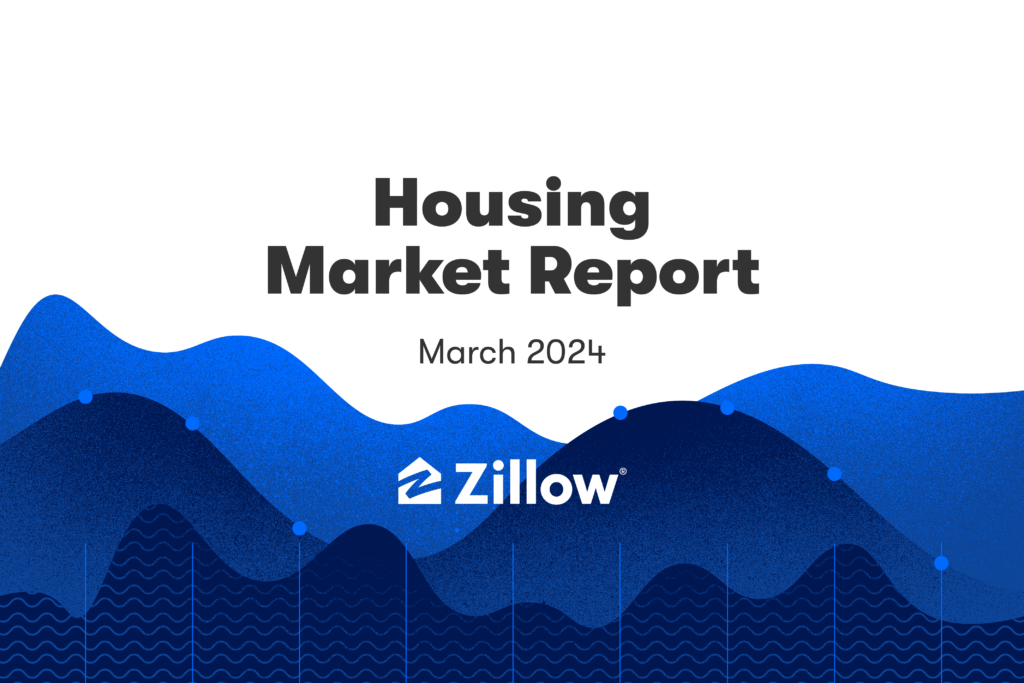The Expensive Get More Expensive: Home Value Growth Tops in Highest-Price Markets (March 2024 Market Report)
Monthly appreciation spikes in expensive West Coast metros with meager options, stays cooler in areas where inventory has returned.

Monthly appreciation spikes in expensive West Coast metros with meager options, stays cooler in areas where inventory has returned.

Home shoppers are feeling vastly different levels of competition depending on where they’re looking, and inventory is a critical factor.
Buyers in the most expensive major U.S. metros are seeing seasonal price appreciation ramp up faster than anywhere else. Monthly home value growth is highest in the coastal California metros and Seattle – topping out at 3.3% in San Jose. After San Jose, typical home values rose fastest from February to March in San Francisco (2.7%), Seattle (2.4%), San Diego (2.1%), and Los Angeles (2%). All five comprise the most expensive markets among the 50 largest in the U.S.
It’s not a coincidence that these five metros are also where the highest share of homeowners are likely locked into their mortgage rate.
Shoppers in these tech-heavy markets are still experiencing bidding wars as commonplace – they all ranked among the 10 major markets with the highest share of homes sold over asking price in February, the most recent data available. Buyers are competing over few choices – all of these metros have seen below-average recovery in inventory compared to pre-pandemic. Remember they were all fairly hot coming into the pandemic, so inventory was starting from a lower baseline.
Meanwhile, appreciation is subdued in Southern metros where existing inventory has grown or nearly recovered since the outset of the pandemic – and has been helped along by robust injections of new construction.
Metros with the slowest – but still fairly strong – growth are New Orleans, San Antonio, Tampa, Orlando, and Jacksonville; all clock in at just over 0.5% appreciation month over month.
New construction is providing a pressure-relief valve in these metros, giving move-up buyers a place to go. New listings of existing homes have risen from pre-pandemic levels in New Orleans and Austin, while San Antonio and the Florida metros above have seen some of the smallest drop-offs.
Recovering inventory in these areas has helped ease competition and bring price appreciation under control. New Orleans and San Antonio are two of the three markets where buyers actually have more choices than pre-pandemic, while each of the Florida markets are down just 9% – tied for the second-smallest drop.
Nationwide, the divide between hot and cold listings persisted. In many markets where new and total inventory has recovered, buyers are gaining traction in negotiations.
Homes that sold in March did so in just 13 days. That’s slightly slower than at this time in 2021 or 2022, but far faster than the pre-pandemic norm of 21 days on market – one less week to strategize a competitive offer. Buyers can expect well-marketed and competitively priced listings to fly off the shelves even faster as competition ramps up in April and May, and potentially beyond.
But other listings are loitering. The median age of all listings on Zillow is 43 days.
Relatively affordable markets in the Midwest as well as expensive coastal metros like Seattle and Washington D.C. have extremely short times on market for listings that sell – nearly matching those from the peak of the pandemic buying frenzy. Sold homes were listed for a week or less in 17 major metros.
A similar story emerges when looking at price cuts vs. sold over list. More than one in five sellers cut their list price in March, the largest share for this time of year in Zillow data reaching back more than a decade. Places where cuts are the most common are Tampa, Phoenix, Jacksonville, San Antonio and Orlando.
On the other hand, nearly 27% of homes sold over list price in February, compared to less than 19% in 2019. Sellers who price their home correctly, and amp up their real and digital curb appeal, shouldn’t have a problem cashing out and moving on.
The value of a typical home in the U.S. is $355,696 – up 42.4% compared to pre-pandemic. The typical monthly mortgage payment, assuming 20% down, is $1,851. That’s up 108%, more than double, since before the pandemic.
Time on market:
Price cuts and sold over list:
Newly Pending Sales
Rent
Read more about the rental market in Zillow’s March Rental Market Report.